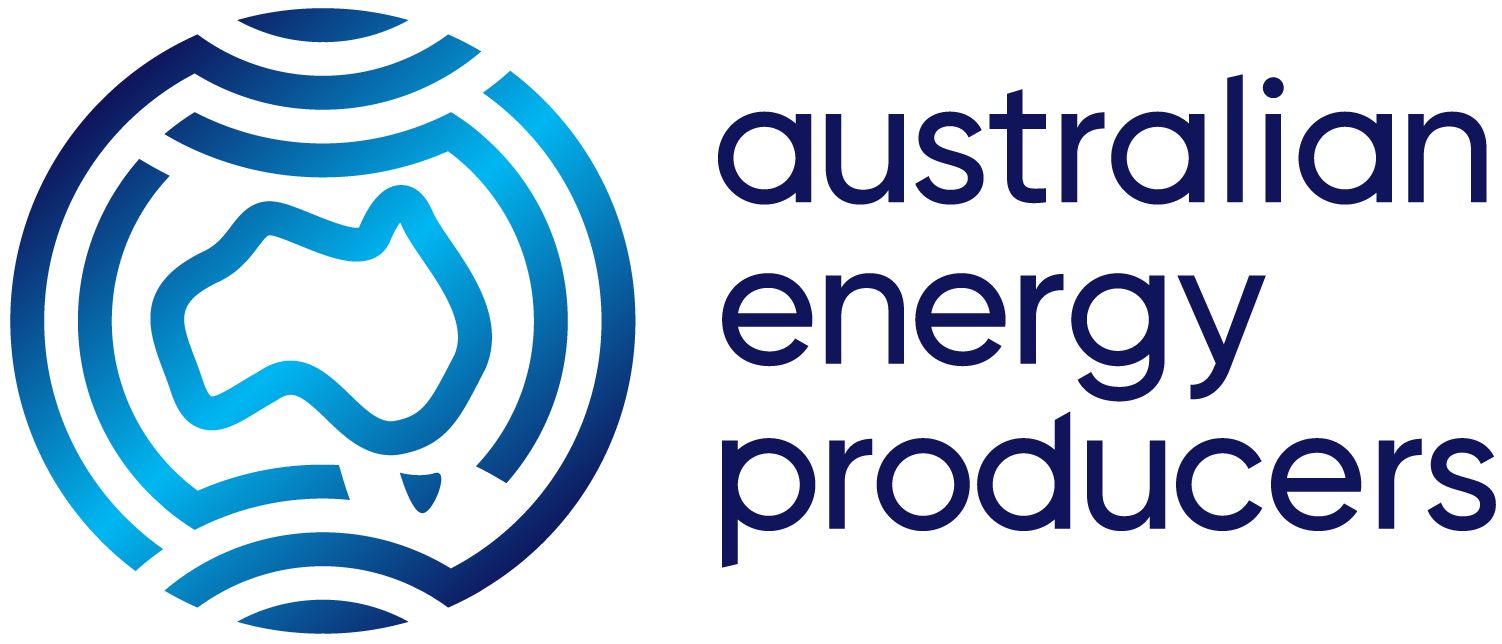30 Jul 2024
Opinion article by Samantha McCulloch in the AFR: We need to clear the runway for new gas supply
Opinion article in the Australian Financial Review by Samantha McCulloch, Chief Executive of Australian Energy Producers.
The growing list of warnings from independent energy regulators about looming gas shortfalls in Australia, and the urgent need for investment in new gas supply, seems to finally be sinking in with governments.
Yet despite the growing acceptance from the federal and east coast state governments of the long-term role of gas in Australia’s energy transition, this is yet to translate into actions to encourage new investment in gas supply and clear the long backlog of projects stuck in regulatory approval purgatory.
The Australian Energy Market Operator’s Quarterly Energy Dynamics report for April-June found gas power generation demand on the east coast was up 70 per cent on the last quarter and 16 per cent on last year as a result of reduced solar and wind output, combined with high electricity demand.
AEMO said the result “highlights the important role of flexible gas-powered generation as the ultimate backstop for the National Electricity Market (NEM) during periods of reduced renewable generation”.
It follows AEMO’s warning last month in its 2024 Integrated System Plan, a road map for the NEM to 2050. It found eastern Australia will need to build 13 gigawatts of new gas power generation infrastructure by 2050. That’s more than the combined capacity of every wind turbine installed in Australia today.
This is on top of the even greater volumes of gas needed to power Australia’s manufacturing sector, which relies on gas for 42 per cent of its energy needs.
None of this is news to governments, which have been too slow to heed the repeated warnings from the AEMO and other regulators of the precarious state of Australia’s energy sector.
Having conceded that Australia needs to approve new gas projects to have a manufacturing industry and keep the lights on, decision-makers cannot afford to sit back and wait for investors to queue up. Such an approach would be a recipe for an energy crisis – higher energy costs, gas shortages, manufacturing closures and blackouts.
While the federal government’s Future Gas Strategy confirmed the important role of gas in Australia’s energy mix to 2050 and beyond, demand is only one part of the investment equation. Policy stability and certainty is also essential, as are concrete actions to address the barriers to new gas developments and send the right message to international investors.
It is no wonder that oil and gas exploration in Australia is at an all-time low, and investors are looking overseas.
Years of government interventions, increased red tape and glacial approval processes have made a massive dent on investor confidence, and Australia faces fierce international competition for this investment. Last year, the United States and Qatar overtook Australia in LNG exports, and we risk missing out on the growing demand for LNG in Asia.
Australia has abundant gas resources to meet the country’s and the region’s long-term energy needs. What is lacking is the political will to restore investor confidence and ensure timely approvals for much-needed new gas supply.
The federal government’s recent announcement of the recipients of a three-year backlog of exploration and carbon capture and storage acreage permits was an important and welcome step. Acreage releases and exploration are leading indicators of future gas production.
However, limits on seismic surveys included in the announcement were an unnecessary concession to activist groups that have targeted seismic surveys as part of a multipronged attack aimed at stopping new gas developments. It is not a position that is backed up by the science, and it will put Australia’s future energy security at risk.
Exploration at an all-time low
Marine seismic surveys are used by geophysicists and geologists to build a picture of the sub-seabed when exploring for oil and gas reserves under the seafloor, and are strictly regulated.
The national independent regulator, the National Offshore Petroleum Safety and Environmental Management Authority, says, “There is a long history of seismic surveys being safely conducted in Australia and internationally” and that “seismic surveys can be managed and regulated to ensure that they do not have serious, unacceptable impacts on the marine environment or marine fauna”.
It is no wonder that oil and gas exploration in Australia is at an all-time low, and investors are looking overseas to countries that are welcoming investment in new gas and LNG projects.
The exploration sector has been one of the most impacted by the never-ending moving of regulatory goalposts. From its peak in 2014, total petroleum exploration expenditure in Australia has decreased by more than 80 per cent to only $907 million in 2022-23, underscoring the challenges in bringing new gas developments to market.
If the government is serious about addressing Australia’s looming energy crisis and delivering on its Future Gas Strategy, it needs to back the evidence over ideology. This applies not only to exploration but also to environmental laws, climate change policy, taxation and trade.
And, unlike other sectors, the gas industry is not seeking subsidies or handouts. Industry needs policy certainty and regulatory stability to invest in the next generation of gas supply to meet the significant demand for gas that Australia and our region will need.
This is the same conclusion that AEMO arrived at in its Integrated System Plan, which identified delays in environmental approvals for critical energy infrastructure – including gas projects – as a significant risk to Australia’s energy transition.
Without a clear runway for industry to invest in finding and developing the next generation of gas supply, Australia’s energy security remains at risk.

